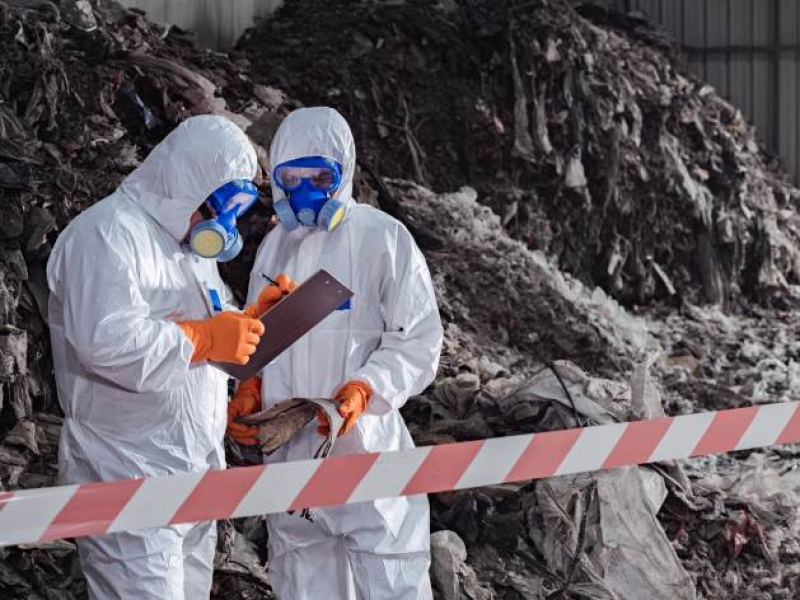- Stock market: DSE fails to sustain early gains, CSE extends rally |
- Illegal arms, disinformation pose major challenges to BD polls: Officials |
- BNP senses ‘dangerous conspiracy’ against democratic transition |
- CEC Vows Credible Election to End Stigma |
- High-level meeting reviews country’s economic progress |
Reversing Asbestos Ban Would Worsen America’s Ongoing Crisis

Asbestos exposure has profoundly impacted regions with significant military installations.
For more than a century, asbestos was a fixture in American industry, particularly in the military. This versatile natural mineral was widely used to line Navy ships and reinforce installations. What many did not realize was that once damaged, asbestos-containing materials (ACMs) can release toxic fibers that lodge in tissues covering internal organs, where they accumulate over time.
This bioaccumulation causes severe inflammation and scarring, leading to life-threatening diseases such as lung cancer, asbestosis, and mesothelioma. By the time the science was confirmed, thousands of service members had already been exposed and tragically passed away.
Data from Asbestos Nation indicate that between 1999 and 2017, asbestos-related illnesses claimed between 236,981 and 277,654 American lives—a toll that continues to rise. Each year, roughly 12,000 to 15,000 people die from preventable diseases linked to asbestos exposure.
The federal government attempted to curb the danger, but most measures came only after asbestos contamination had become widespread. In 1989, the Environmental Protection Agency (EPA) moved to restrict most ACMs, and in 2002, the nation’s last asbestos mine closed, signaling an end to domestic production.
Despite these milestones, chrysotile—the most commonly used form of asbestos—remained accessible through imports and selective industrial applications. This oversight was addressed in 2024, when the EPA moved to prohibit its use entirely. For the first time in decades, the US seemed poised to end exposure to this lethal material.
However, in June 2025, the EPA announced plans to reconsider the ban—a move that could undermine enforcement, delay protections, and reopen exposure channels.
Regions with large military installations have been profoundly affected. California, with over 1.8 million veterans, has seen more than 27,000 deaths from asbestos-related diseases between 1999 and 2017, particularly at bases such as Naval Base San Diego and the former George Air Force Base.
Florida and Pennsylvania, hosting former contaminated military sites, recorded over 18,200 and 17,700 deaths, respectively. Mesothelioma alone claimed nearly 55,000 American lives between 1999 and 2020, with 2,000 to 3,000 new diagnoses each year.
Veterans bear a disproportionate burden. Though only 6.1% of the adult population, they account for about one-third of all annual mesothelioma cases. Navy veterans and merchant marine seamen rank second in incidence, just after shipyard workers.
Reconsidering the chrysotile ban could reverse decades of public health progress. No level of asbestos exposure is safe. Weakening enforcement risks re-exposing workers, veterans, and families to preventable diseases.
Recent federal initiatives, such as the Honoring Our PACT Act of 2022—which expands healthcare and disability benefits for veterans—could be undermined if policies reintroduce exposure.
Repealing the ban would repeat past mistakes. A firm national prohibition is not just a regulatory safeguard—it is a moral commitment. Upholding it protects future generations while closing a tragic chapter in America’s industrial and military history.
Cristina Johnson is a Navy veteran and advocate for the Asbestos Ships Organization, a nonprofit that raises awareness about asbestos dangers on Navy ships and assists veterans with VA claims.

